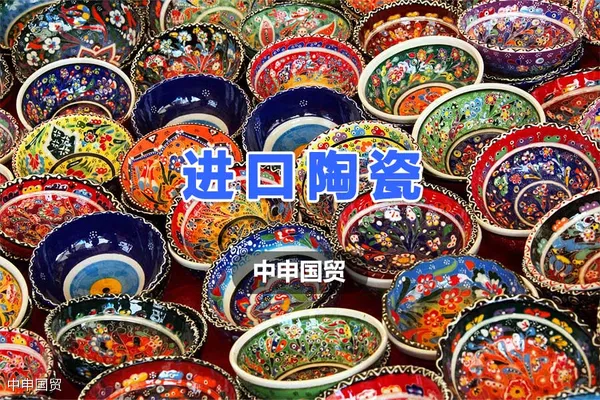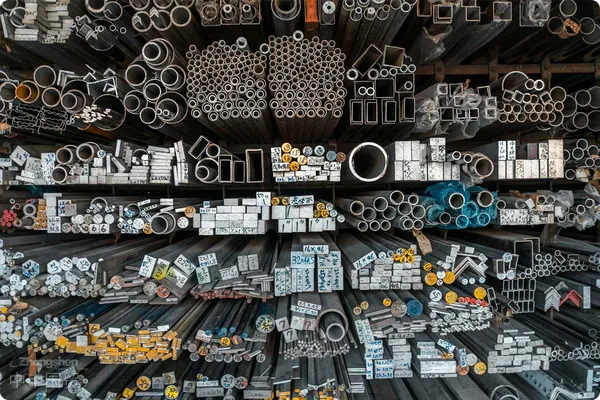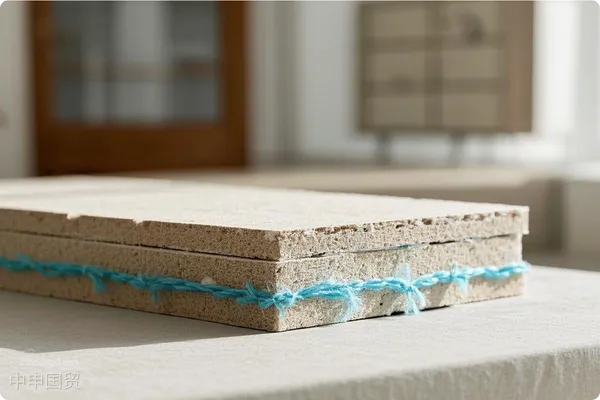- Shanghai Zhongshen International Trade Co., Ltd. - Two decades of trade agency expertise.
- Service Hotline: 139 1787 2118
As a treasure of Chinese civilization, porcelain is not only highly popular in the domestic market but also favored internationally. What steps and procedures are required for importing ceramics into the Chinese market? This involves not only respect for product quality and cultural value but also strict legal regulations and complex customs clearance procedures. This article explores the detailed operational processes and documentation for importing ceramics to help importers better understand and navigate this process.
I. Overview of Ceramic Import Procedures
Pre-Import Preparation
Before importing ceramics, importers need to make thorough preparations, including determining product declaration elements and material classifications. Additionally, according to the Decorative Building Materials requirements, all decorative materials, whether domestically produced or imported, must apply for certification. For dry-pressed ceramic tiles with a water absorption rate below 0.5%, CCC certification is mandatory.3CCustoms Inspection and Release
Upon arrival at the port, goods undergo customs inspection. After passing inspection, they are transferred to a bonded warehouse for further sampling and testing. Once testing is completed successfully, customs issues a release notice, allowing importers to arrange delivery and market sales.
II. Porcelain

To ensure a smooth import process, importers must prepare the following key documents:Import Customs DeclarationDocuments and formalities
This is the foundation for conducting international trade.
Internationally - recognized Safety Standardsimport and exportBusiness License:A detailed record of the contents of each package.
Packing List:Lists detailed information such as the value and quantity of the goods.
Commercial invoice:List detailed information such as the value and quantity of the goods.
Commercial Contract:Define the rights and obligations of the buyer and the seller.
Product Information:Including product name, quantity, packaging, weight, and volume.
III. Porcelain Import Customs Clearance Process
The customs clearance process for importing porcelain is relatively complex and requires following these steps:
SigningImport RepresentationContract:Sign a contract with an agency company to ensure the legality and validity of the agency services.
Provide Import Documentation:The importing company must provide all necessary documentation to the agency company.
Confirm HS Code and Tariff Rate:Accurately determine the HS code and applicable tariff rate for the goods.
Book Shipping Space, Container Loading,Maritime TransportationArrival at Port:Arrange transportation to ensure the goods safely arrive at the destination port.
Pay Freight, Exchange Bill of Lading:Pay the relevant freight charges and exchange the delivery order at the shipping agent.
Inspection, Customs Declaration, Price Declaration:Submit inspection and customs declaration applications to customs and declare the goods value.
Customs Valuation and Tax Assessment:Customs reviews the declared value and issues a tax assessment notice.
Pay Taxes:Pay the corresponding tariffs and VAT based on the tax assessment notice.
Customs Container Inspection:Customs inspects the goods to ensure the declared contents match the actual goods.
Release Goods, Take Delivery:After customs clearance, the importer takes delivery of the goods.
Deliver to Domestic Designated Location:Transport the goods to the final destination.
IV. Notes on Porcelain Import Customs Clearance
During the entire import process, there are several key points that require special attention:
Customs inspection:All imported goods, unless specially exempted by the General Administration of Customs, must undergo customs inspection. The purpose of inspection is to verify the consistency between the customs declaration documents and the actual arrival of goods, and to check for any misdeclaration, omission, concealment, or false declaration.
Special Inspection Arrangements:If inspection is required at non-standard times or locations, prior application and approval from customs are necessary. Additionally, the applicant must provide round-trip transportation and accommodation and cover the associated costs.
Accuracy of Document Preparation:All submitted documents must be accurate and error-free, as any mistakes may lead to customs clearance delays or rejection.
Product Certification:Ensure all products comply with the certification requirements of the importing country, particularly the CCC certification, which is fundamental for market access.
By thoroughly understanding the operational procedures and documentation requirements for importing ceramics, importers can better plan and execute their import plans. Ensuring compliance with all steps not only improves customs clearance efficiency but also guarantees smooth market entry for the products. This article aims to provide valuable guidance for businesses planning to import ceramics, helping them successfully complete the import process and expand their market presence.
Related Recommendations
? 2025. All Rights Reserved. 滬ICP備2023007705號-2  PSB Record: Shanghai No.31011502009912
PSB Record: Shanghai No.31011502009912










